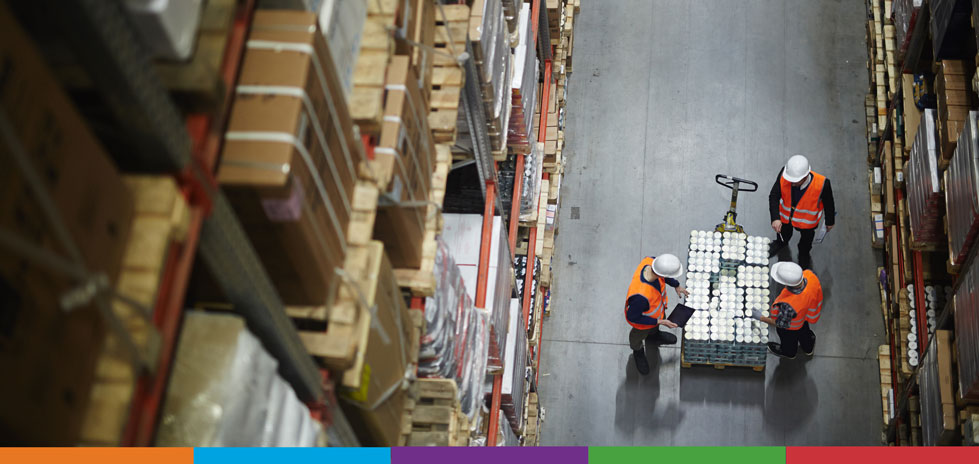
随着电动汽车行业的发展,制造商的库存手册需要什么?
电动汽车行业呈指数级增长。首先,电池成本下降导致电动汽车购买量 增加 43% 而另一项研究预测 全球所有乘用车销量的 57% 到 2040 年将实现电动化。
随着电力销售量的增加,相互竞争的能源正朝着相反的方向发展。预计到 2030 年 将被禁止 生产新型汽油和柴油动力乘用车。
需求的上升意味着开发流程和电动汽车供应链需要简化,甚至可能需要重新规划。例如,电动汽车紧固件占 50% 工业制造 SKU and are essential to the vehicle’s infrastructure and its maintenance equipment. How can EV startups improve inventory management and build an array of lightweight, insulated, and cost-effective fasteners that keep up with industry demands? Here are a few solutions:
尽早与经验丰富的合作伙伴合作
Team up with a specialist that offers a complete end-to-end experience. This partner should be able to handle design and engineering, BOM analysis, part consolidation, and be able to identify cost-saving opportunities that help you scale quickly and reduce waste.
选择一个能够满足您的可用性、复杂性和物流需求的合作伙伴。此外,确保合作伙伴专注且注重细节,以与生产时间表保持一致,而无需在此过程中停顿太多。
了解您的开发周期
最常见和破坏性的紧固件库存管理问题发生在供应链过快地完成紧固件供应时。如果单个紧固件需要长达 20 周的时间才能完成开发周期,那么可用性的任何变化都会使项目倒退。
通过了解您的开发周期来缩短交付周期。为此做好计划,并确保您的合作伙伴有处理您可能需要的独特类型紧固件的经验。
考虑增材技术以提高可测性
通过一系列测试和迭代来开发您的项目可能更有意义。构建原型,对其进行测试,并创建更具成本效益的大规模生产方式。
添加剂的做法,如 3D打印 可以帮助这种方法发挥作用,缩短上市时间。尝试虚拟原型,看看哪些可能成功。然后,将这些模型的规格转化为成品,让您的车辆既轻便又实用。
电动汽车库存管理不善如何影响成功
这对于电动汽车行业的增长有什么影响?
In 2018, just 2 million units were sold. In 2025, that figure is expected to jump 400% to 10 million sales.

Learning how to manage the invaluable pieces with the electric vehicle supply chain (e.g. fasteners, c-class components) will be critical for companies looking to succeed within the market.
库存不匹配的后果
For challengers in the fast-growing EV industry, it’s not enough to manage whole product supply chains, you need a set of inventory management strategies to avoid problems like:

贴错标签的垃圾桶:
Inventory organisation is a big reason supply chains go awry. Mislabelling Just-In-Time (JIT) and Kanban bins can lead to contaminated stock. A mislabelled bin leads to the wrong parts being used, which leads to significant supply chain hiccups.
浪费时间:
Every minute lost during inventory management adversely impacts the bottom line. When you don't clearly understand the timeline of different fasteners, components and 维护、维修及运行 (MRO), it's easy for a delivery logjam to form.



供应短缺:
Without parts, there are no products. Tesla ran up against this problem when it's supply chain lacked the cells necessary to create the vehicles' batteries. Production needs an availability, or an abundance of raw materials and parts. Without them, your operations could grind to a halt.






